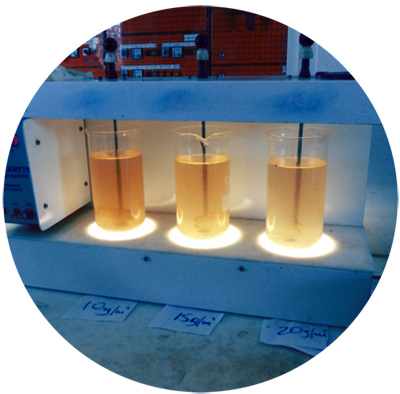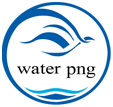Water Quality

The quality of water from the Water Sources to consumers is evaluated through physical, chemical, and microbiological analysis of water samples from the water intake sources, water treatment plants, service reservoirs, and selected areas within the water distribution network in each of the 20 township that Water PNG has presence in.
All sampling and analytical work is performed by a NISIT (National Institute of Standard and Industrial Technology) registered laboratory. The Papua New Guinea (PNG) drinking water quality code of practice and the World Health Organisation (WHO) Drinking Water Quality Guidelines are the basis for Water PNG Water's water quality operations and monitoring.
Water PNG publishes an Annual Drinking Water Quality Report which is a valuable resource for information on the PNG drinking water supply system and for recent data on the physical and chemical composition of PNG drinking water.
Typical Values for physical and chemical composition of Water PNG drinking water.
|
Parameter
|
Units |
WHO Health Value |
Minimum Concentration |
Maximum Concentration |
|
pH* |
pH units |
6.5-8.5* |
7.0 |
8.0 |
|
Alkalinity |
mg/L as CaCO3 |
- |
15 |
150 |
|
Colour (true)* |
Pt-Co |
10* |
<1 |
<3.0 |
|
Turbidity* |
NTU |
5* |
0.0 |
3.0 |
|
Fluoride |
mg/L |
0.8-1.5* |
0.3 |
0.9 |
|
Hardness* |
mg/L |
No min-300* |
30 |
200 |
|
Iron* |
mg/L |
0.5* |
<0.02 |
0.3 |
|
Manganese |
mg/L |
0.1 |
<0.005 |
0.01 |
|
Aluminium residual |
mg/L |
0.2* |
0.01 |
0.05 |
|
Copper |
mg/L |
1* |
<0.001 |
0.50 |
|
FAC - Free Available residual Chlorine |
mg/L |
0.2-0.5* |
>0.2 |
<0.6 |
|
TAC - Total Available residual Chlorine |
mg/L |
0.2-0.5* |
>0.2 |
<0.6 |
|
Percentage FAC |
% |
85-100* |
80 |
100 |
|
Total Coliform |
C/100ml |
Nil* |
Nil |
Nil |
|
Faecal Coliform |
C/100ml |
Nil* |
Nil |
Nil |
|
E Coli |
C/100ml |
Nil* |
Nil |
Nil |
|
TDS – Total Dissolve Solid |
mg/L |
1000* |
|
|
Note: These values are based on water quality data reported in 2013-14.
*Current WHO health Guideline values
TDS consist of calcium, magnesium, potassium, sodium, bicarbonates, chlorides & sulfates.
